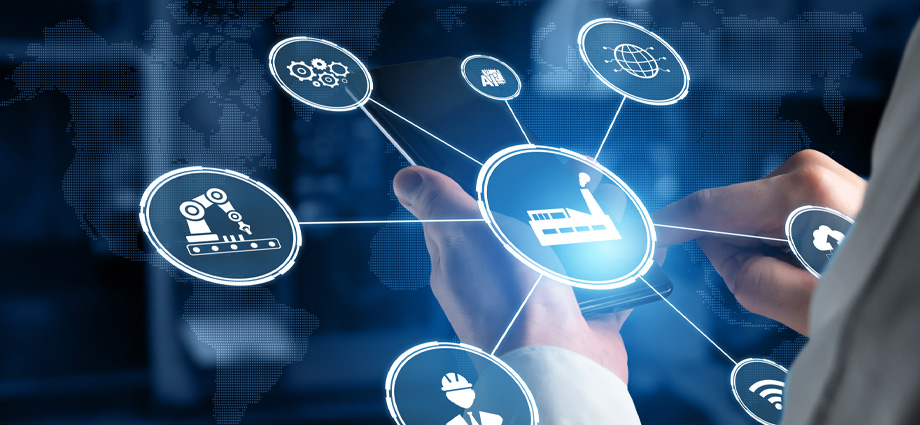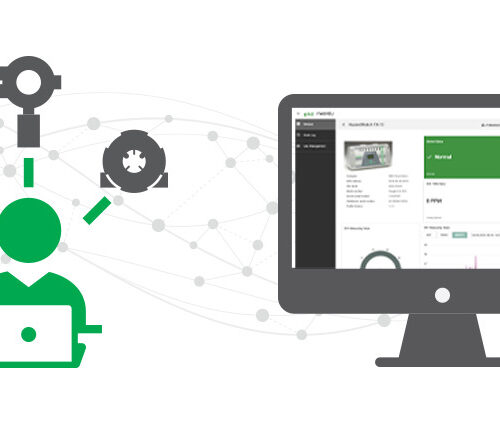
With the expansion of smarter, more connected interoperability across industrial and building automation systems, it might be time to revisit what you know (and may have forgotten) about remote device management (RDM).
In this post, you’ll learn why forward-thinking organizations rely on RDM and nimble IoT solutions like MSA’s FieldServer gateways to help them manage complex, distributed systems more efficiently and securely. (Read this post if you’re interested in remote access for remote workers.)
What Is Remote Device Management?
For the last several years, automation systems have been in an immense season of change and growth, especially when it comes to interoperability. On the one hand, some organizations need to modernize legacy systems, comply with stricter cybersecurity standards, and navigate fragmented protocols. On the other, open standards, IIoT edge gateways, and cloud-native platforms can now enable true interoperability.
But, as new protocols, standards, and connectivity solutions emerge, one thing remains constant: the ability to securely access, monitor, configure, and troubleshoot connected devices from anywhere.
That’s remote device management.
RDM is a must-have capability for organizations looking to reduce operational costs, minimize downtime, and empower themselves to identify and resolve issues before they become problems.
Why Remote Device Management Matters in Building and Industrial Automation
Connected buildings and industrial facilities rely on various devices ranging from HVAC-R systems to lighting controls to industrial PLCs to fire alarm panels. RDM, however, is the key to maximizing device capability system interoperability.
Here’s why—and how—remote device management delivers value to industrial and building automation managers:
- Faster response times to alerts and system changes
- Reduced truck rolls and on-site maintenance needs
- Improved uptime with real-time diagnostics and alerts
- Simplified scalability that can grow and change with the organization
- Centralized visibility for multi-site locations and unattended operations
Remote Device Management: Automation Applications Across Industries
To help ensure optimized operations, data centers, manufacturing facilities, school campuses, and retail and restaurant networks rely on remote device management. Here are just a few of the many examples of how remote device management works in the real world:
Control HVAC, lighting, access control, and energy use remotely.
Proactively monitor devices, respond to trigger alerts, and schedule maintenance—before failures occur.
View alarms, system status, and diagnostics without setting foot on-site.
Set parameters, track consumption, identify usage trends, monitor inefficiencies, and optimize settings to ensure occupant comfort and energy savings.
Original Equipment Manufacturers (OEM)
Streamline product updates, maximize operational intelligence, and boost out-of-the-box value.
Trends Shaping the Future of Remote Device Management
Stronger Security and Compliance: Safeguarding networks means authenticating every user, device, and system. It also means encrypting connections and proactively detecting threats. Our FieldServer gateways can help system integrators, OEMs, and operators secure legacy and modern systems with multi-layered protections, including access and permissions management.
Cloud-Based Connectivity: RDM provides instant visibility and control, as well as remote back-end access. This gives organizations (including OEMs) the ability to monitor, configure, and troubleshoot devices from anywhere. Remote device management also can reduce the need for on-site visits, which can accelerate response time. With the MSA Grid FieldServer Manager, teams get intuitive, cloud-based tools that let them stay connected to their systems—no matter where they are.
Unified Network and Device Management: Modern operations demand unified control. The ability to view network performance, device status, and system health from a single interface is becoming a baseline expectation. FieldServer gateways can integrate data from over 140+ protocols and push it to the cloud, enabling real-time alerts, predictive maintenance, and data-driven decision-making all from one platform.
Advanced Access Control & Automation: As RDM solutions become more sophisticated, AI-driven automation and access control technologies will likely improve how devices interact with each other. From intelligent user authentication to automated firmware updates, automation will be doing more of the heavy lifting, giving users greater uptime, improved operational efficiency, more reliability, and less time- and labor-intensive human intervention.
Final Thoughts on IoT Gateways and Remote Device Management
Remote device management is no longer a tool—it’s a strategic advantage. Whether you’re an OEM, a building operator, or a systems integrator, the right IoT gateway can help you leverage the power of RDM today—and tomorrow.
And because the next generation of RDM is likely to be shaped by even more security, scalability, and automation, it’s important to be prepared for the future of remote device management right here, right now.
To find out more about remote device management and learn how FieldServer gateway solutions can help, contact us.






